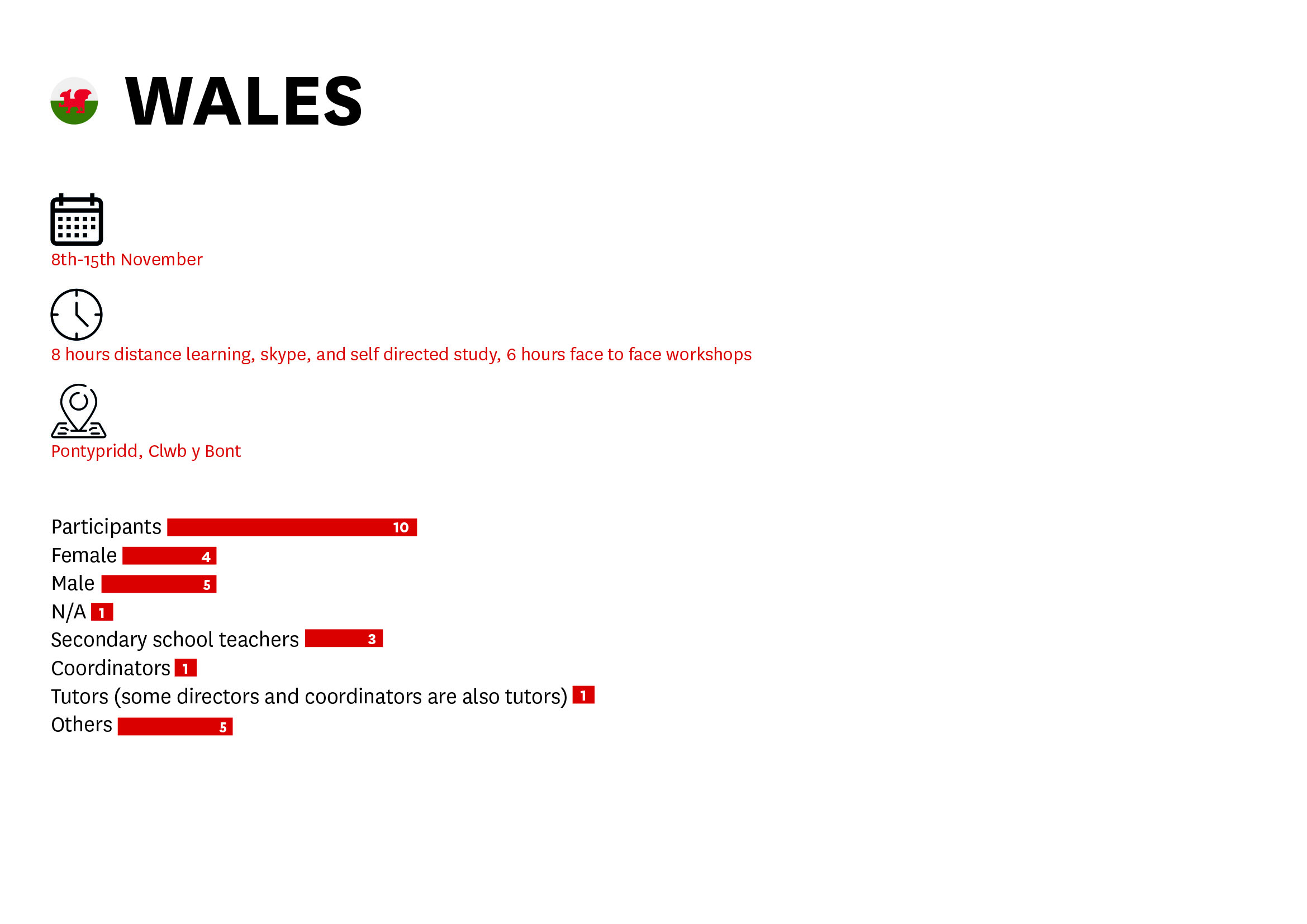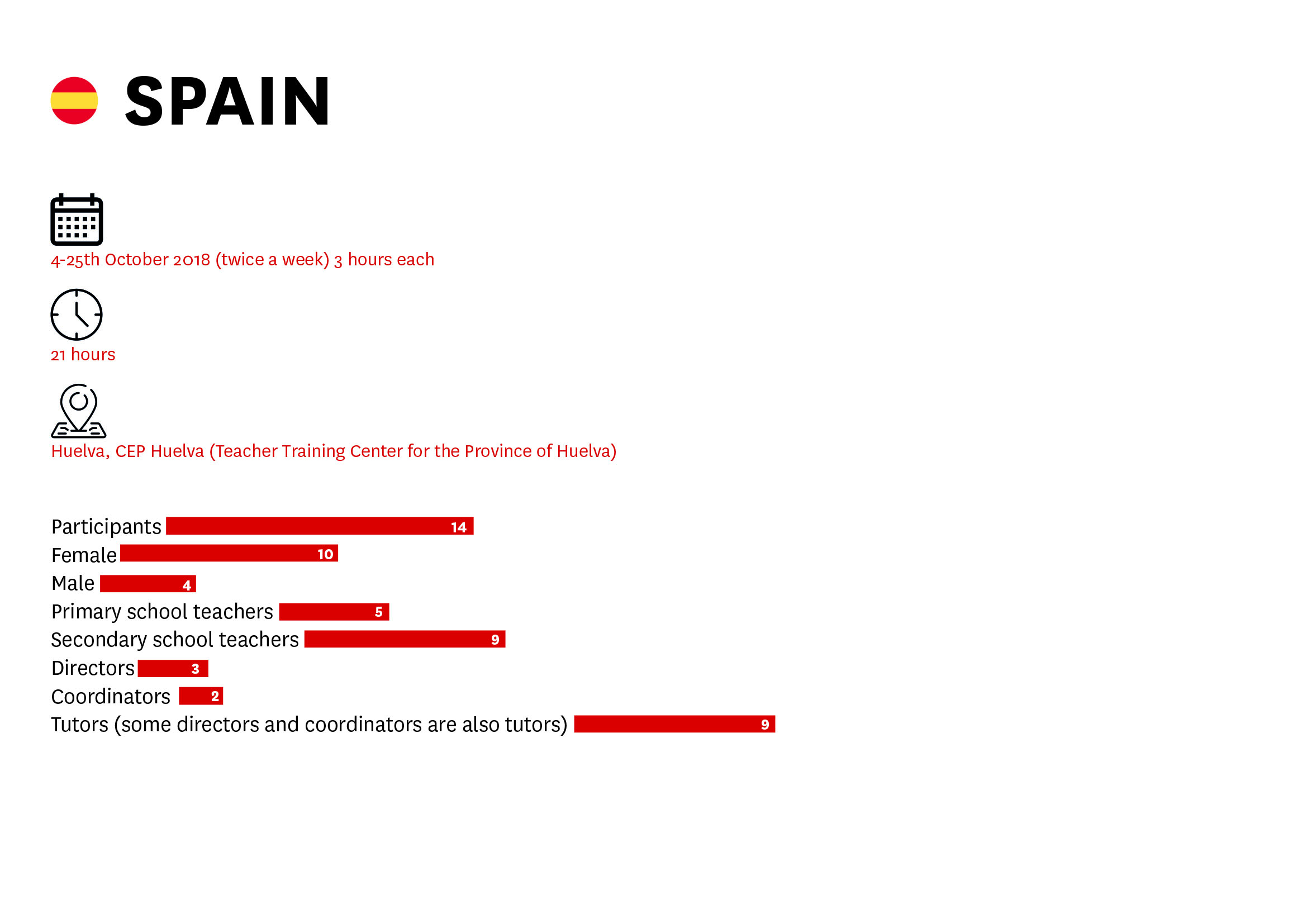

Different socialization agents - such as family, school and government - play an active and fundamental role in teaching media literacy. Their role is directly involved in improving European education.
New digital contexts are a challenge for the multi-screen society. For this reason, media education helps to develop citizens’ sense of responsibility and autonomy.
International organizations have developed teaching guides for children, parents and teachers to develop good habits of informative consumption.
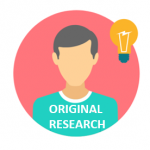
Literacia e Inclusão Digital:Boas Práticas em Portugal e em Espanha
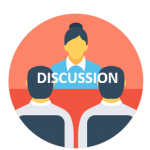
Article about consuming media critically and responsibly.
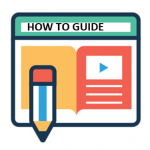
This article discusses steps to evaluate online information.
To promote the creation of digital stories – using storytelling techniques- through different online resources (PicLits, Domo Animate, StoryJumper, Shidonni, Museum Box). And, at the same time, develop the creative capacity of young people.

Practical ideas and examples from The Creative Educator
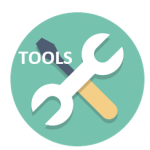
Storybird – A fantastic tool to create and share picture books and very easy to use. Reading nice stories in English is also possible
This video offers a tutorial on how to do Storytelling with Adobe Spark
Canva – A tool to create visual projects like CVs, labels, postcards and infographics

This article explains How to use Storytelling in the classroom and distinguishes among various types of storytelling and relative tools
Evaluating Digital Storytelling as a didactic tool

This video examines the case of StoryCorps, a radio program that features stories recorded by regular people and examines humanity from a narrative viewpoint and becomes a living record of the human experience.

This video provides an overview of how to shape a human-centered news story, and the importance of facts, context and heart.

Atavist provides a tool to tell stories and build websites in a digital storytelling perspective.

Historypin provides a tool to tell stories through maps.
Korsacow provides a tool to tell stories through videos.
Storymap provides a tool to tell stories through maps
Soundslides provides a tool to tell stories combining photos with audio.
Media literacy training programmes serve as preventive strategies to identify and combat network threats.
One of the main objectives of media literacy is to combat disinformation and fake news through ethical lessons in accessing news and finding sources of information.

Common Sense Media’s resource on how to guide young people towards the evaluation of news
(Italian) How to guide young people towards critical evaluation of news in news-media.
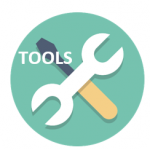
Fake it to make it is a web-based interactive game where players take up the role of a fake news producer to get insider knowledge on how misinformation is created and spread.

Article from Edudemic which provides an overview of why it is important to tackle the issue of fake news, how to spot this type of information and data regarding the extent of the problem for young people.

TED-ed animation on the use of graphs to mislead the consumer, a method use extensively in fake news and misinformation.
TED-ed guide on how Statistics can be misleading.

TED-ed guide on the spread of Fake news and misinformation.

This ‘Beyond Fake News’ infographic identifies the 10 types of potentially misleading news. It was created to be used in class with real-world examples to spark classroom debate and reflection on the ways that media is constructed.
This video explains the characteristics of fake news, it provides a guide of how to avoid spreading fake news.

This activity plan helps to identify the source of information and verify information.

A Field Guide to Fake News and Other Information Disorders is a downloadable guide which explores the use of digital methods to study fake news.
(Spanish) This special issue is dedicated to analyzing Fake News and disinformation.
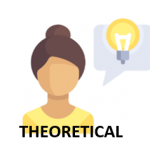
Fighting Fakes – The Nordic Way is an open access book on the phenomenon of “Fake News” understood as propaganda.
Media literacy helps us identify good uses and bad practices in the construction of our digital identity. It also provides us with the necessary skills to manage this identity in our personal and professional networks.

A video featuring a class of students and their teacher learning about the importance of digital footprints and their effects.
Module from SSD on protecting your online privacy when using social networks/
Young people have great technical skills in the use of mobile devices, tablets, computers, etc., considering the scarce development of media competences. Nevertheless, recent studies have identified major shortcomings in the critical and ethical dimensions.
One of the major risks involved in Internet use is cyberbullying (including grooming and sexting). Media Literacy provides guidance on how to raise awareness and empower young people to stop these kinds of practices.

This article provides a comprehensive overview on bullying and cyberbullying, and is useful for teachers.
A guide against hate speech and alternative narratives.
The overwhelming amount of information and the lack of critical thinking skills are factors that directly threaten learning processes in the classroom. This raises the need to include media consumption training programmes that tackle this issue.

A guide to content curation for educators and learners

This article provides 10 ways in which users can avoid and deal with information overload.
Media literacy inclusion programmes offer the possibility of training disadvantaged groups in media consumption and the basic use of multimedia technology.

Online version of the book Teaching Youth Media – A critical guide to Literacy, Video Production and Social change.
The Hashtag Our Stories project trains mobile journalists in disadvantaged, underserved communities and broadcasts the resulting stories via social media.
It is important to determine the benefits and possibilities offered by online accessibility, such as the improvement of usability and the exchange of information between different educational platforms.

This website of ASPHI offers a comprehensive overview and resources on accessibilty, including webinars and seminars. It is possible to contact the Foundation for specific issues
Internet and social network addiction can lead to abnormal behaviors such as altered emotional states and isolation. Training courses for parents and teachers on Media Literacy combat this reality,

This tool defines excessive use, distinguishes different types, and presents actions that can prevent this.
This tool helps users to understand moderate web use as responsible use.
Media Literacy training helps uncover hate speech towards specific groups on social networks and aids in the fight for equal rights and freedom of expression.

(Italian) Article on hate speech and how to contrast it.

This parents guide explains what hate speech is and how parents should help; also includes guidance for bloggers.
